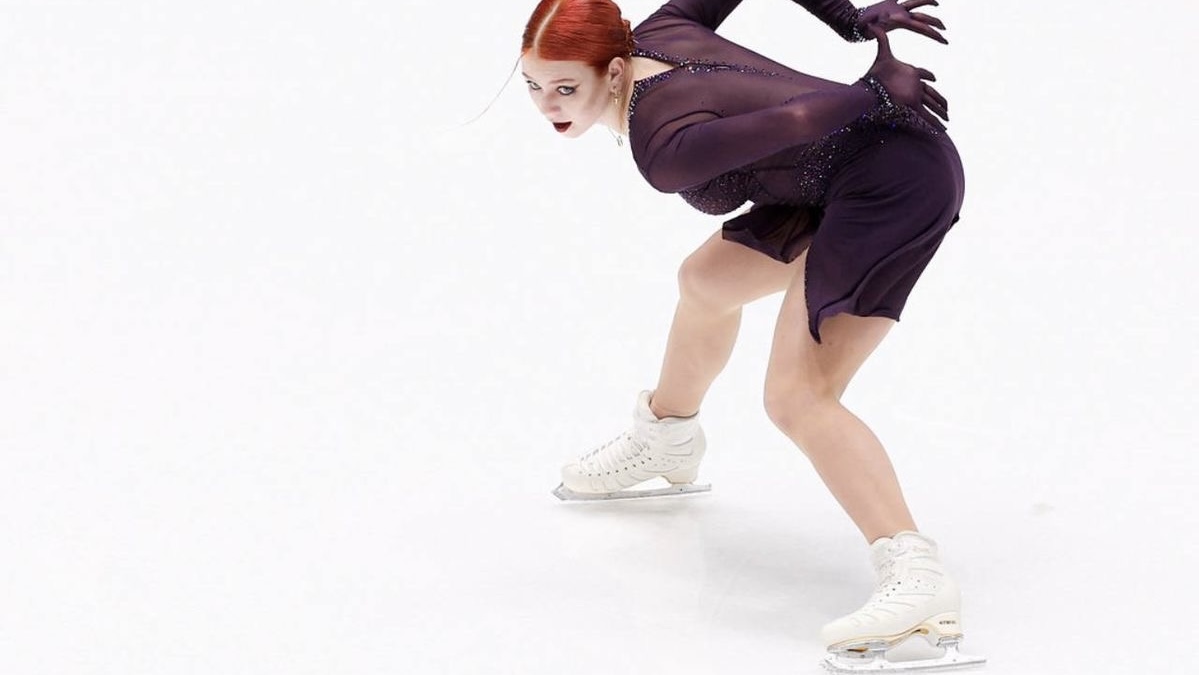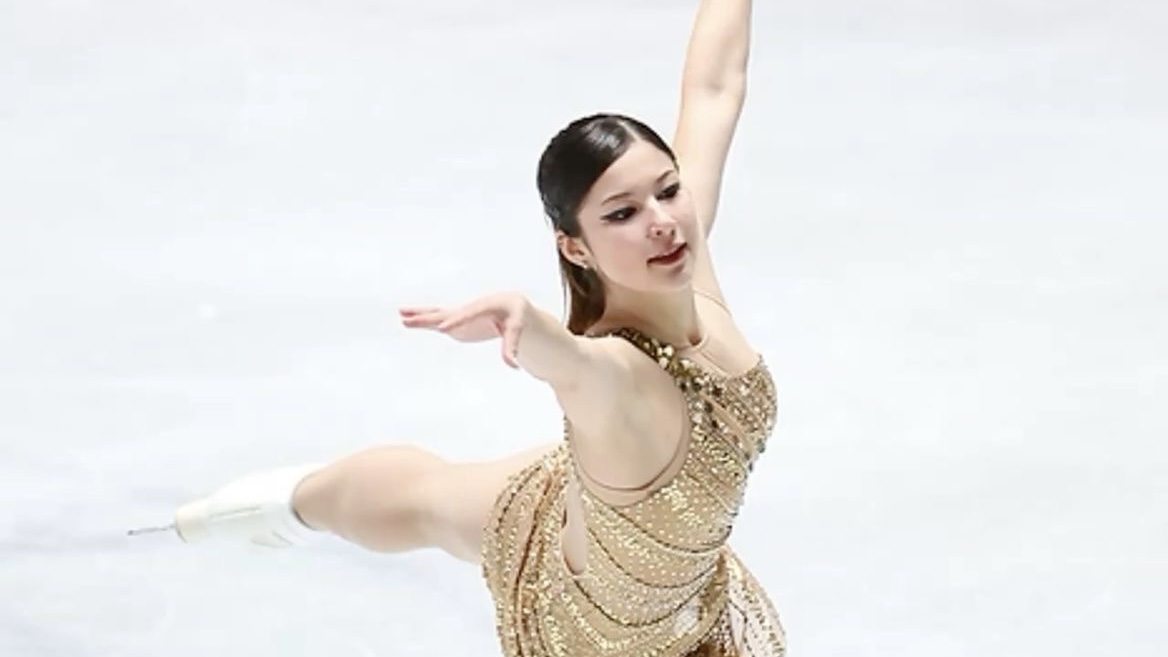January 15, 2025
Alexandra Trusova Expecting a Child
May 04, 2025

Margot Fonteyn, the iconic star of The Royal Ballet, is celebrated as one of the 20th century’s greatest ballerinas, renowned for her flawless technique, lyrical expression, and magnetic stage presence. Her portrayal of Aurora in Sleeping Beauty was breathtaking, and her partnership with Rudolf Nureyev redefined ballet’s golden era. Named Prima Ballerina Assoluta in 1979, Fonteyn’s career spanned decades, captivating audiences worldwide. This article offers a glimpse into a typical day in Fonteyn’s life during her peak in the 1960s in London, drawing from her autobiography, historical accounts, and The Royal Ballet’s schedules to reveal the discipline and passion behind her elegance.
Fonteyn’s day begins around 7:30 AM in her London flat. “The quiet of morning centers me,” she wrote in Margot Fonteyn: Autobiography. Breakfast is light yet nourishing—oatmeal or yogurt with fruit, paired with a cup of English tea—to fuel her 5’4”, lithe frame for the demanding day ahead. Hydration is key, with water or herbal infusions to keep her body supple. “A dancer’s diet is about balance,” she noted, emphasizing energy without heaviness.
By 8:30 AM, Fonteyn arrives at The Royal Ballet’s studios, then located at Barons Court. Her morning starts with a personal warm-up: gentle stretches, yoga-inspired poses, and barre exercises to awaken her muscles. She often uses a portable barre in a quiet corner, focusing on alignment and breath. “The body must be ready before class,” she told The Guardian in 1962. A physiotherapist might provide a quick massage to ease any stiffness from the previous night’s performance, a necessity during intense seasons like Covent Garden’s.
At 10:00 AM, Fonteyn joins her colleagues for the daily company class, a 90-minute ritual led by a ballet master like John Field. Class begins at the barre—pliés, tendus, and ronds de jambe—to refine technique and build strength. Fonteyn’s precision shines; her slow, deliberate movements reflect a perfectionism that inspired peers. “She made every step a work of art,” dancer Antoinette Sibley recalled in a 1990 documentary. Centre work follows, with adagio, pirouettes, and petite allegro to hone balance and speed.
Class is also a mental reset. Fonteyn, known for her humility, absorbs corrections eagerly, even as a principal. “You never stop learning,” she said in a 1965 BBC interview. She might confer with choreographer Frederick Ashton, discussing refinements for roles like Giselle or Juliet. Her partnership with Nureyev, which began in 1962, adds intensity—rehearsals often spill into class, as they perfect lifts or emotional nuances for Romeo and Juliet. The Royal Ballet’s rigorous schedule, performing classics alongside new works, demands versatility, and Fonteyn thrives on it.
By noon, Fonteyn breaks for lunch, often a light salad with chicken or fish, eaten in the studio canteen with dancers like Lynn Seymour. “Food is fuel, but it mustn’t weigh you down,” she wrote. She sips water constantly, mindful of dehydration’s toll on performance, as noted in a 1963 Dance Magazine article. Post-lunch, she retreats for a 20-minute nap or meditation, a habit to recharge her energy. “Rest is as vital as work,” she emphasized.
Rehearsals dominate the afternoon, starting at 1:30 PM. Fonteyn might spend hours perfecting Swan Lake with Nureyev, under Ashton’s or Kenneth MacMillan’s watchful eye. Her focus is laser-sharp, repeating sequences to ensure every arabesque and fouetté is flawless. “Margot’s stamina was extraordinary,” Nureyev said in a 1980 interview. On non-performance days, she works on new productions, like MacMillan’s Romeo and Juliet (1965), where her emotional depth brought Juliet to life. Costume fittings or meetings with designers like Nicholas Georgiadis punctuate the day, ensuring her Odette gown enhances her lines.
Recovery is woven in. Around 4:00 PM, Fonteyn visits the physio for targeted treatments—say, for her ankles, strained by pointe work. Ice baths or compresses help, a practice The Royal Ballet adopted in the 1960s. She also journals, noting choreography tweaks or emotional cues for roles, a habit she called “my dance diary” in her autobiography.
On performance nights, like a 7:30 PM show of Giselle at the Royal Opera House, Fonteyn’s routine sharpens. By 4:30 PM, she’s in her dressing room, applying stage makeup with precision—bold eyeliner and rose lipstick to amplify her expressive eyes. She warms up in pointe shoes, practicing key steps like Giselle’s Act I variation. A light snack—crackers with cheese or a banana—keeps energy steady around 5:30 PM, avoiding bloating, as advised by ballet nutritionists of the era.
At 6:00 PM, Fonteyn joins Nureyev for a pre-show ritual: a quick run-through of partnering moments, often with laughter to ease nerves. “We trusted each other completely,” she wrote of their bond. In the wings, she listens to the orchestra’s overture, centering herself with deep breaths. The performance is electric—Fonteyn’s Giselle is both fragile and fierce, her 32 fouettés in Act II drawing gasps. “She was the stage,” critic Clement Crisp wrote in 1966.
Post-show, around 10:00 PM, Fonteyn cools down with stretches and a protein-rich meal—often poached eggs or salmon, shared with company members. She fields brief media questions, her poise unwavering despite exhaustion. By 11:30 PM, she’s home, unwinding with a book—often poetry, a love she shared with husband Roberto Arias—or a warm bath to soothe her muscles.
On rare off days, Fonteyn sleeps until 8:30 AM, savoring tea with Arias. She takes a leisurely walk in Kensington Gardens, finding inspiration in nature. “London’s green spaces restore me,” she wrote. Light yoga or a barre session at home keeps her limber, but she avoids overexertion. Lunch with friends like actress Vivien Leigh offers a break, filled with theater talk—Fonteyn adored plays, often attending the West End.
Afternoons might involve charity work, like supporting the Royal Academy of Dance, where she served as president. “Dance is for everyone,” she told The Times in 1968. Evenings are quiet—dinner with Arias, perhaps at a favorite Chelsea restaurant, or letter-writing to mentors like Ninette de Valois. She also studies scores or sketches choreography, feeding her creative spirit.
Fonteyn’s day blends artistry, grit, and grace. Her routine—morning barre, relentless rehearsals, and transcendent performances—fueled her 35-year career, with over 80 roles created or danced. Offstage, her humility and mentorship shaped The Royal Ballet’s legacy. For aspiring dancers and fans, Fonteyn’s life reveals the work behind the magic: a relentless pursuit of perfection, one disciplined day at a time, that turned her into a timeless legend.
By Vitalina Andrushchenko, Staff Writer

January 15, 2025
Alexandra Trusova Expecting a Child

December 26, 2024
2025 World Junior Championship Schedule

February 14, 2025
Alysa Liu Shares Why She Came Back: A Passion Reignited